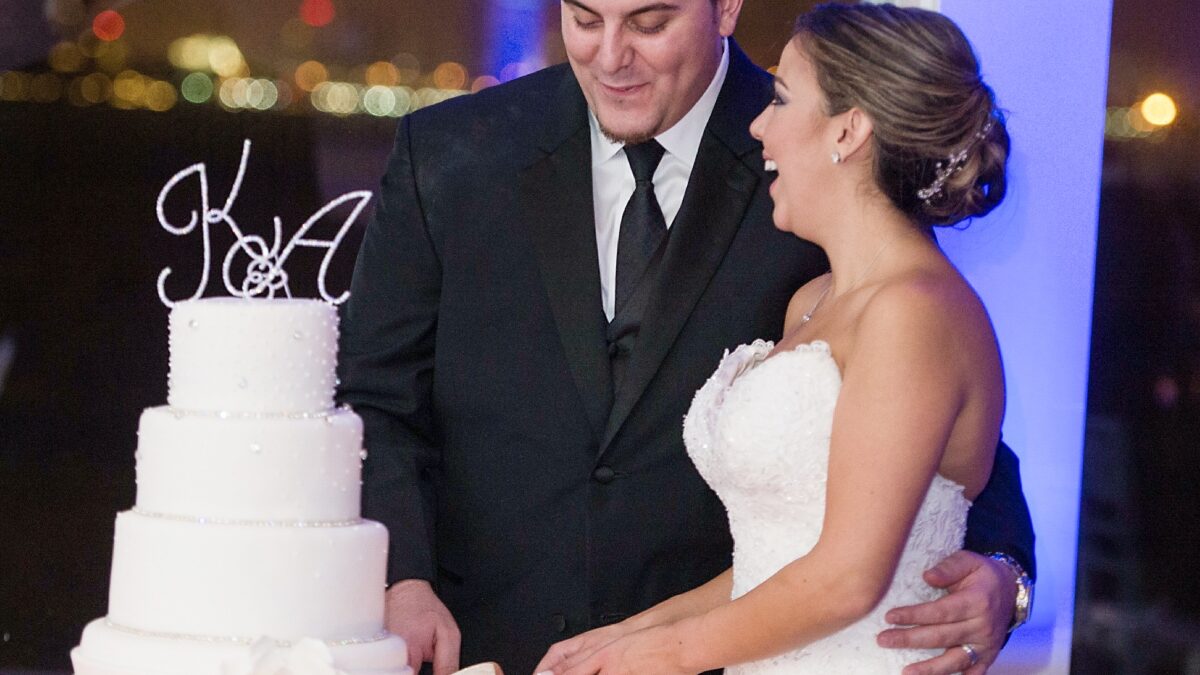
Si la novia fuera yo…
22 April 2024Building a wedding timeline is not for the faint of heart, but if constructed well, it can help make your wedding day run smoothly. There are many aspects to think about when creating events timelines, things that many people do not think about.
First, there is the obvious aspect, timing. We suggest that you first contact the venue. The venue’s coordinator will be able to provide a time for when the space is available for set up. Once that time is known, the other vendors are able to create their schedules. If the venue is not available until 3pm, then there is no reason for the other vendors to arrive until 3pm as well. However, if the venue is setting the chairs and linens, then the other vendors may not need to arrive until 3:30 pm.
It is highly important to think about which vendors need to arrive first. Need, not want to. Its great if a vendor wants to arrive early, unless there is another vendor that needs to set up first. For example, if we were planning on having the florist set up the centerpieces then it is important that the tables and their linens be set up prior to the florist arriving. If they are not set, then the florist has to wait around; that is not fair to the florist, they may have other stops to make.
Two weeks before the wedding we call all of the vendor and double check for any new changes. Once all vendors have been contacted we send them all copies of the wedding timeline. In our timeline we add a section called Vendor information, there we list the company name, service provided, a contact person’s name, as well as their phone number. We do this to help the vendors know who they are working with and how to contact each other. When we reach to one week mark before the wedding we do another round of calls to the vendors, this allows us to answer any questions that may have arisen and to double check on any changes.
When scheduling the photographer, it is smart to reread the contract and see how many hours of coverage you paid to have on the day of the wedding. There is not a good or bad amount of coverage, it just helps you better plan when you want the photographer there and what exactly you wish for them to capture. If you have a grand exit planned then you want to make sure the photographers are there to take photos. But if you have no special exit planned then maybe it would be better to have them arrive earlier and get more photos before the ceremony. Whatever you decide the timeline will include all photo sessions in details, meaning, getting ready,bride and groom’s details photos, first look, couple’s portraits, wedding party, immediate family, ceremony and reception details and couple’s exit. As First Looks become more popular, we are seeing brides having to start getting ready much earlier than they used to. Also have a list of unique backdrops of your venue, for example beautiful stairways, large windows, classic furnished suites, water views and sunset backdrop.
As planners, we understand why a timeline is important to have in place for your wedding. However, not everyone understands why. There are many aspects to think about when creating timelines and constructing one is not something that should be taken lightly. Having even the smallest error on a timeline could leave to a domino effect of errors. A well constructed timeline allows for a seamlessly executed wedding.
Here is an example of a basic timeline based on a wedding that starts at 5pm:
10.00 am:
Bridal Party starts getting ready1 pmBridal Party is finished getting ready
Bride to start getting ready
Photographer to arrive
3.00 pm:
Bride gets into dress4 pmFirst Look between Bride and Groom
Ceremony space set
4:30 pm:
Guests to be seated5 pmCeremony
Reception to be set
5:30 pm:
Ceremony ends
Cocktail Hour begins
6:30 pm:
Cocktail Hour ends
Guests to be seated
6:45 pm:
Bride and Groom Grand entrance and Introduction into reception hall6:50 pmToasts7pmDinner is served8pmCake Cut8:30pmCouple dances
Dance floor to open following dances
11.00 pm:
Grand Exit
Event Break down




